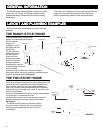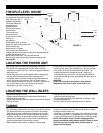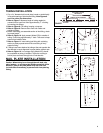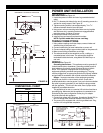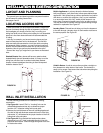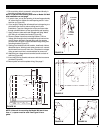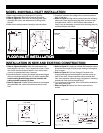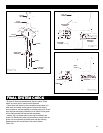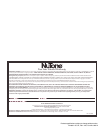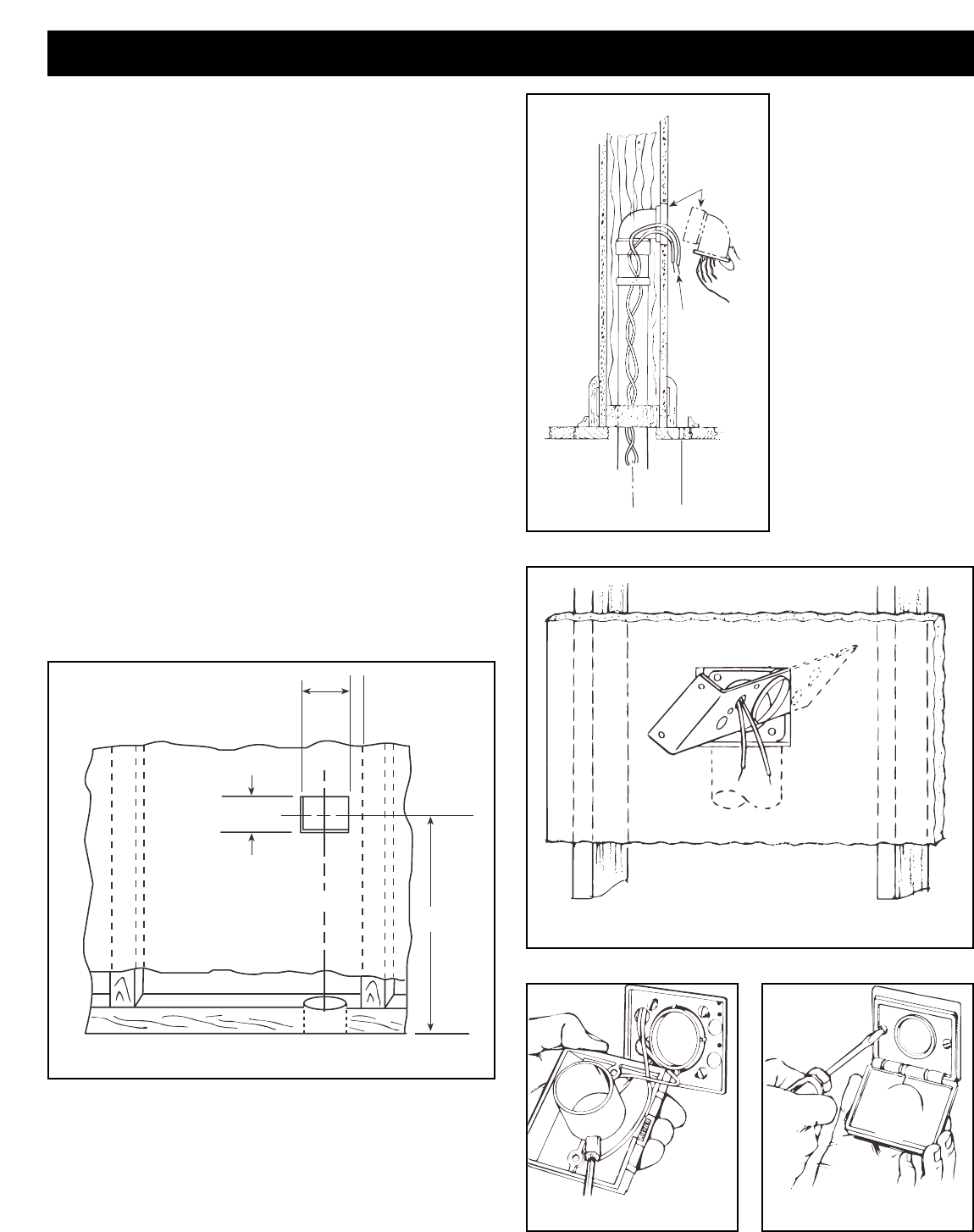
9
4. Be sure tubing hole is centered in sole plate and directly in
line with proposed wall inlet cutout.
NOTE: If 330 wall inlet is being used refer to Model 330 Wall
Inlet Installation on next page.
5. If area is clear, cut an inlet opening in the wall approximately
18" above the floor. Make sure wall opening and 2
1
⁄2" tube
hole line up (Figure 25).
6. Cut a length of tubing that will extend from inlet opening to a
point below floor level (or above ceiling level in attic
installation). Tape low voltage wire to tube and insert tube
through predrilled hole to a level opposite the wall opening.
7. Apply cement to tube and install flanged wall fitting. Make
sure fitting is well seated and sealed (Figure 26).
8. Remove plaster frame from mounting bracket. Pull low
voltage wire through hole in bracket and insert bracket into
cutout. Secure bracket to flanged fitting with four screws
provided. Be sure seal is secure between flange fitting and
mounting bracket (Figure 27).
9. Starting from farthest wall inlet location, install each inlet as
described above. Working back toward power unit, connect
each branch line into main trunk line. Complete low voltage
wiring as main trunk line is continued back to power unit.
10. Attach the low voltage wires to terminal screws on back of
wall inlet (Figure 28).
11. Insert wall inlet into bracket and secure with the two screws
provided (Figure 29).
12. Mount power unit and complete wiring. See page 7.
2
1
/2"
2
9
/16"
3
1
/16"
18"
FIGURE 25
FIGURE 27
FIGURE 28 FIGURE 29
LOW
VOLTAGE
WIRING
FLANGED
FITTING
FIGURE 26
NOTE: If the wall for mounting the Model 360 inlet is less
than
1
⁄2", a spacer must be used. See Figure 5A as a
guide.




